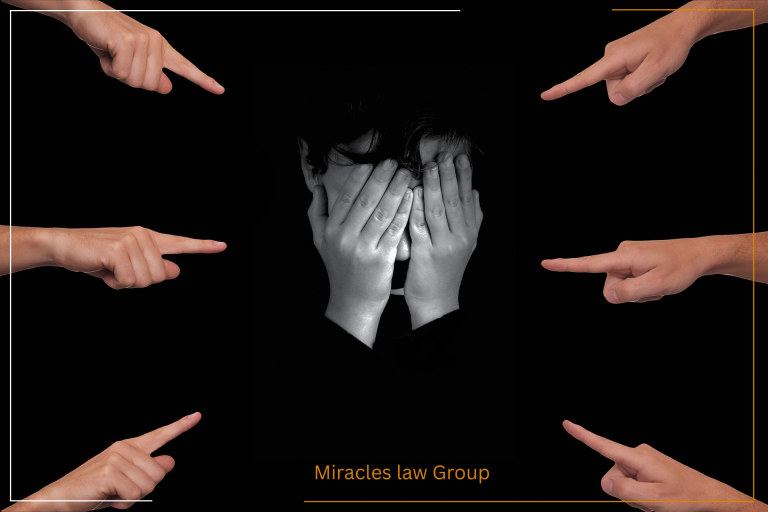
In criminal law, the admissibility of a co-accused’s disclosing statement is governed by stringent conditions to ensure fairness and justice. Drawing insights from निर्णय नं. ७७४९ (Decision No. 7749) and legal principles, this article highlights the 12 critical conditions for using such statements or imposing them in trials.
1. Non-Use in Separate Trials
A statement made by one co-accused cannot be used against another if their cases are tried separately. This prevents prejudice and upholds the right to a fair trial.
2. Identical Offence Requirement
The term “same offence” refers to charges that are identical in legal definition, not merely similar. For instance, theft and robbery may share similarities but differ in legal specifics.
3. Same Transaction Origin
Offenses must arise from the same transaction or event to qualify as the “same offence.” This ensures charges are not artificially conflated.
4. Corroborative Evidence
Statements require corroboration from independent evidence. Without corroboration, a co-accused’s testimony lacks reliability.
5. Foundational Legal Basis
The prosecution must establish a foundational basis for admitting the statement, such as proving its relevance to the charges.
6. Supportive Evidence
Supporting evidence must align with the co-accused’s statement, reinforcing its credibility and contextual accuracy.
7. Voluntariness of Statement
The statement must be voluntary and not obtained through coercion, intimidation, or inducement.
8. Right to Cross-Examination
The accused must have the opportunity to cross-examine the co-accused who made the statement, ensuring procedural fairness.
9. Judicial Discretion
Courts retain discretion to exclude statements if they risk prejudicing the trial or violating procedural norms.
10. Statutory Compliance
Adherence to statutory frameworks, such as Nepal’s Criminal Procedure Code, is mandatory to validate the statement’s use.
11. Exclusion of Hearsay
Statements must be directly linked to the accused’s actions. Hearsay or indirect claims are inadmissible.
12. Consistency with Legal Definitions
The charges must align with established legal definitions to avoid ambiguity. For example, “fraud” must strictly match its statutory interpretation.
Key Takeaways from निर्णय नं. ७७४९
The landmark ruling in Decision No. 7749 reinforces these principles, emphasizing that co-accused statements require rigorous scrutiny. Judges must ensure such evidence does not compromise the right to a fair trial or violate procedural safeguards.
At Miracles Law Group, we specialize in navigating the intricacies of criminal defense, including cases involving co-accused statements and fair trial safeguards. Trust our seasoned legal experts to protect your rights and craft a robust defense strategy tailored to your unique situation. Whether you’re facing charges or need clarity on rulings like निर्णय नं. ७७४९, we’re here to help. Contact us today at 9851159692 to schedule a confidential consultation. Let our experience in Nepal’s criminal justice system turn challenges into solutions because your rights deserve nothing less than a miracle. Act now to secure your defense!
Read निर्णय नं. ७७४९ Full Text Here



Good https://is.gd/tpjNyL